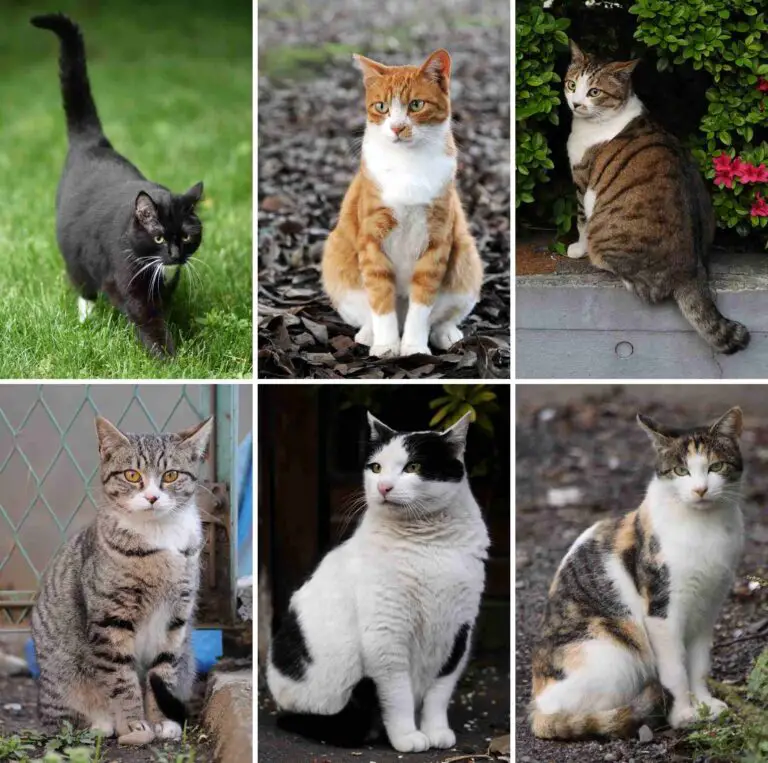Greywater Treatment Meaning, Methods and Process Explained
Greywater treatment is the implementation of any of various physicochemical or biological methods to improve the quality of domestic wastewater. This article discusses greywater treatment meaning, methods, contaminants, equipment, and process; as outlined below;
-Greywater Treatment Meaning: 5 Ways to Define Greywater Treatment
-Contaminants Removed by Greywater Treatment
-Greywater Treatment Equipment, Tools and Systems
Greywater Treatment Meaning: 5 Ways to Define Greywater Treatment
Greywater treatment is refers to all measures that are taken in the effort to improve or restore the quality and usability of domestic wastewater.
The above definition indicates that greywater treatment is a multidimensional concept that comprises of a variety of approaches.
Below is an alternative greywater treatment meaning that portrays the concept as a component of greywater management.
Greywater treatment is an aspect of the process of domestic wastewater management, which occurs after collection of the water, and is usually implemented before recycling and reuse.
Another important factor in the treatment of greywater is the contaminants which are to be removed. The following greywater treatment meaning highlights some contaminants in greywater, which are also the focus of treatment efforts;
Greywater treatment is the subjection of domestic wastewater to any of various processes or techniques, in a bid to remove or reduce the concentration of soluble and insoluble materials, as well as pathogens, in the water.
Further light is shed on the ‘techniques’ or methods which are mentioned above, in the following greywater treatment meaning;
Greywater treatment is the deliberate improvement of domestic wastewater quality, through methods like filtration and anaerobic digestion [1]
Lastly, the purpose or importance of wastewater treatment is mentioned in the wastewater treatment meaning that is outlined below;
Greywater treatment is the implementation of any of various measures to improve the quality of wastewater, in order to make it usable for a broad range of purposes, thereby mitigating resource depletion and enhancing sustainability [2].
Greywater Treatment Methods
The main greywater treatment methods are; filtration and anaerobic digestion.
1). Filtration (as one of the Greywater Treatment Methods)
Filtration is the most common and basic method of greywater treatment.
It involves passing the water through a membrane that screens out some contaminants and prevents them from passing through.
The main contaminants that are eliminated by filtration are insoluble materials like suspended particulates [5].
A greywater filtration system may be equipped with one or multiple filter layers, and the choice of configuration or filter type is dependent mostly on the nature of impurities involved.
Also, the performance or efficiency of filtration depends on the nature and concentration of insoluble impurities in the water, and the type/configuration of filters used.
A biofilter can be included in the system, to remove oils and fats.
Some greywater treatment systems and processes involve only filtration. This could be the case where energy conservation is a priority, and/or where the level of contamination is relatively low. Filtration may also be used alone provided the end-use of the wastewater does not require high-purity, such as with toilet flushing.
2). Anaerobic Digestion
Anaerobic digestion is a waste-to-energy conversion method that is most common for its role in transforming biomass to biofuel [4].
Because its effectiveness depends on the presence of organic matter, anaerobic digestion is more often used to treat blackwater, which is wastewater containing sewage.
The use of anaerobic digestion to treat greywater is necessary in cases where bio-content is high, or where the reuse process requires a significant level of purity, such as for irrigation purposes.
Anaerobic digestion takes place in a bioreactor, and basically involves using microbes to breakdown organic materials in the water, in the absence of any significant amounts of oxygen; to convert them to simpler, less-harmful products.
Energy may be required for anaerobic digestion. However, the method is relatively energy efficient and low-cost.
3). Aerobic Microbial Degradation (as one of the Greywater Treatment Methods)
Aerobic microbial degradation is equivalent to biodegradation that occurs naturally in the ecosystem.
When used for greywater treatment, it is often implemented in combination with anaerobic digestion, in a multistage process [6].
Aerobic microbial degradation removes both insoluble and dissolved organic materials from greywater, and is also a good option in cases where the end-use is irrigation, since the quality of water must be optimal before it is considered suitable for sustainable agricultural application.
Other conditions under which aerobic microbial degradation can be implemented include the use of artificial wetlands.
4). Reverse Osmosis
Reverse osmosis is used only where there is need to achieve high purity in the treatment of greywater. This is due to the relative complexity, extra cost and technical knowledge requirement, involved in the use of a reverse osmosis system.
These systems often sun on electricity and use pressure to drive the water through a membrane which removes nearly all contaminants.
Greywater that is most suitable for treatment by reverse osmosis is that which has low concentration of organic solids.
Contaminants Removed by Greywater Treatment
Contaminants in greywater which are removed during treatment include; particulates (organic and inorganic insoluble materials), dissolved materials, and pathogens.
Greywater Treatment Equipment, Tools and Systems
Tools and equipment used in greywater treatment include;
1). Membrane bioreactors
2). Filters
3). Reverse Osmosis systems
4). artificial (constructed) wetlands
5). Rotating biological contactors
Greywater Treatment Process
The greywater treatment process to convert domestic wastewater to relatively-clean, usable water, comprises of;
1). Pre-treatment (preliminary filtration, etc.)
2). Physicochemical treatment (filtration, adsorption, etc.)
3). Biological treatment (anaerobic digestion, artificial wetland)
4). Reverse Osmosis
5). Post-treatment (UV irradiation, etc.)

A given case of treatment can be stopped at any level of the sequence, depending on the available resources and required degree of purification.
Conclusion
Greywater treatment is the collective term for a number of measures and techniques used to improve the quality and usability of domestic wastewater.
Methods of greywater treatment are;
1. Filtration
2. Anaerobic Digestion
3. Aerobic Microbial Degradation
4. Reverse Osmosis
Contaminants removed by greywater treatment include particulates, soluble materials, and pathogens.
Equipment used for greywater treatment include; membrane bioreactors, filters, reverse osmosis systems, artificial wetlands, and rotating biological contactors.
The greywater treatment process comprises of; pretreatment, physicochemical and biological treatment, reverse osmosis, and post-treatment.
References
1). Leal, L. H.; Temmink, H.; Zeeman, G.; Buisman, C. (2010). “Comparison of Three Systems for Biological Greywater Treatment.” Water 2(2). Available at: https://doi.org/10.3390/w2020155. (Accessed 21 October 2022).
2). Nyika, J.; Dinka, M. O. (2022). “The Progress in Using Greywater as a Solution to Water Scarcity in a developing country.” Water Conservation and Management 6(2):89-94. Available at: https://doi.org/10.26480/wcm.02.2022.89.94. (Accessed 21 October 2022).
3). Oteng-Peprah, M.; Acheampong, M. A.; deVries, N. K. (2018). “Greywater Characteristics, Treatment Systems, Reuse Strategies and User Perception—a Review.” Water Air and Soil Pollution 229(8). Available at: https://doi.org/10.1007/s11270-018-3909-8. (Accessed 20 October 2022).
4). Pereira, C. P.; Slingerland, M.; Lier, J. B.; Rabbinge, R. (2013). “Anaerobic digestion as a key technology for biomass valorization: Contribution to the energy balance of biofuel chains.” Available at: https://doi.org/10.1533/9780857097415.1.166. (Accessed 21 October 2022).
5). Spychala, M.; Nieć, J.; Zawadzki, P.; Matz, R.; Nguyen, H. T. (2019). “Removal of Volatile Solids from Greywater Using Sand Filters.” Available at: https://www.mdpi.com/2076-3417/9/4/770. (Accessed 21 Octobef 2022).
6). Taher, A. H.; Salem, L. A.; Mosa, A. M. (2018). “Aerobic and anaerobic treatment for greywater using large scale model.” International Journal of Civil Engineering and Technology 9(9):842-849. Available at: https://www.researchgate.net/publication/328294815_Aerobic_and_anaerobic_treatment_for_greywater_using_large_scale_model. (Accessed 20 October 2022).



